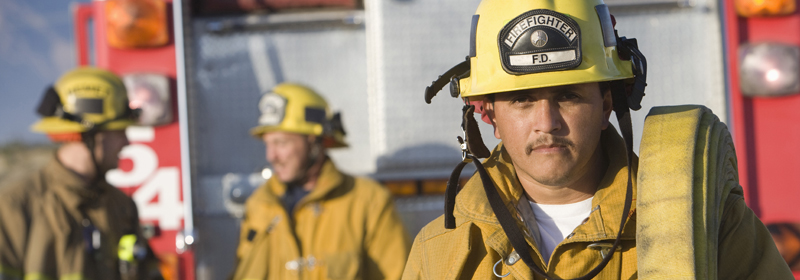2014 Sara’s Garden / NOVFA Fireman’s Raffle
On June 21, 2014 Sara’s Garden and the Northwest Ohio Volunteer Firemen’s Association (NOVFA) will be conducting a raffle drawing. Tickets are only $10.00 for a chance to win $1,000 cash. Proceeds from the raffle will go to support both Sara’s Garden and the participating fire stations of the NOVFA.
| Event Date: | Saturday, June 21, 2014 |
| Location: | NOVFA Annual Convention, Northwood, Ohio |
| Ticket Cost: | $10.00 |
| Prize List: | |
| Winning Ticket Holder: | $1,000.00 Cash The individual or business who’s ticket is drawn will receive a cash prize. |
| Winning Fire Station: | $8,000.00 Cash The fire station listed on the winning ticket will receive a cash prize. |
| Fire Station Bonus: | $1,000.00 Cash A bonus cash prize will be given to the fire station that sells the most tickets. |
| Rules & Notes: | Must be 18 years of age to win Need not be present to win Winner is responsible for taxes and fees associated with cash prize |
Tickets may be purchased at the Sara’s Garden main office or at the following participating NOVFA fire stations:
|
|
For additional information regarding the 2014 Sara’s Garden Fireman’s Raffle please call Matt Rychener at 419.335.7272.
Sara’s Garden appreciates the unwavering dedication and often perilous service rendered by the fire fighters who daily place their lives in harms way to protect their communities. It is an honor for Sara’s Garden to serve these heroes in return. As part of our partnership with the NOVFA, Sara’s Garden is offering free Hyperbaric Oxygen Therapy treatments to any fire fighter from these participating stations who is injured in the line of duty.
Did you know?:
- The exertion levels of fire fighters may be so great and, hence the requirements for oxygen to the heart so great, that during fire fighting incidences, even moderate or low levels of CO may allow Carboxyhemoglobin (COHb) to rise to dangerous levels within minutes.
- Even though fire fighters are trained to understand the dangers of CO poisoning and recognize the signs and symptoms of this killer, it can go unrecognized and untreated when signs and symptoms are nonspecific or vague, leading to short and long term health complications.
- Cyanide is a fast acting and deadly chemical. It has a smell of bitter almonds or may be completely odorless. On a daily basis cyanide poisoning most often affects on-duty fire fighters responding to fire situations.
- As combustion of plastics, textiles and other synthetic materials produces smoke, a highly toxic and/or fatal mixture of cyanide and carbon monoxide is formed. Inhaling even a small amount of fire smoke could prove fatal.
- When ignited, synthetic materials burn hotter and faster than natural products, causing fires to flashover more quickly. The fire fighter is not only at risk during the fire but also in its aftermath.
- The potential traumas recognized as being the most common occupationally related injuries for firefighters are burns, falls, drowning, motor vehicle (and apparatus) accidents and asphyxiation.
- In recent studies, 5.9% of all on-duty fire fighter deaths were attributed to falls. 4.5% of injuries in line of duty fire fighters resulted in fractures and broken bones. 41.8% of line of duty fire fighter injuries resulted in sprains and strains. Lacerations and contusions in line of duty fire fighters totaled 23.9%.
- The emergency treatment of smoke inhalation via HBOT is crucial in order to save the lives of firefighters and other fire victims. Oxygen and sodium thiosulfate are the most widely accepted cyanide antidotes.
- HBOT does not require the red blood cell to deliver oxygen. HBOT shrinks the oxygen and dissolves it in the blood stream. The blood stream now holds the oxygen carrying capacity and can deliver oxygen to all tissue for complete perfusion.
- CO has a greater affinity for the red blood cell than does oxygen and clings to the red blood cell essentially suffocating tissue. HBOT causes the CO to loose its attraction to the red blood cell and effectively breaks the bond.
- Oxygen is very essential to wound healing. HBOT can help burn patients heal faster with fewer complications and less scarring. HBOT has been shown to limit the progression of the burn injury, reducing swelling, and diminishing lung damage. In some cases, HBOT reduces the need for surgical intervention and shortens the time of hospitalization.
Everyday fire fighters in the United States place their lives in danger to protect those in the communities in which they live. Our hope is to be a valuable resource to these brave men and women in helping them heal and recover faster if they are injured while responding to a call.








